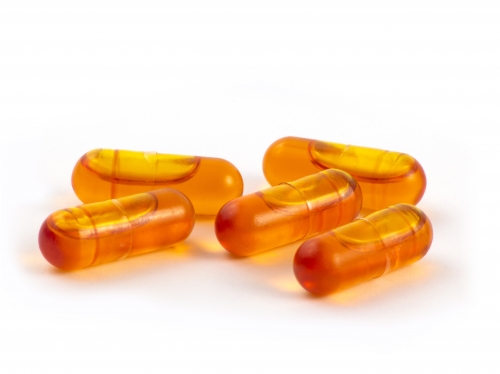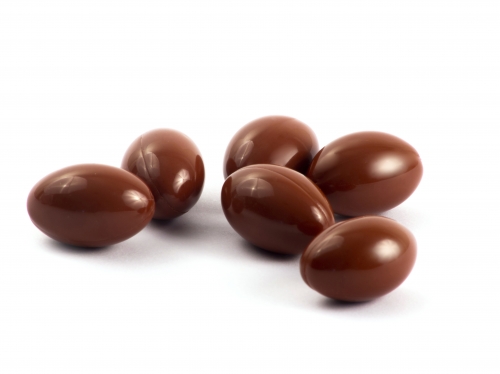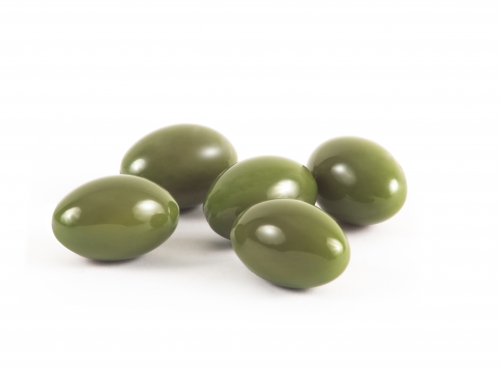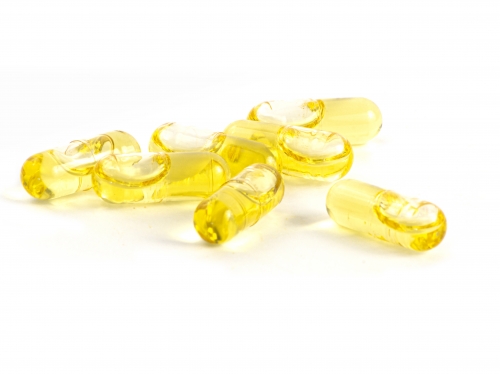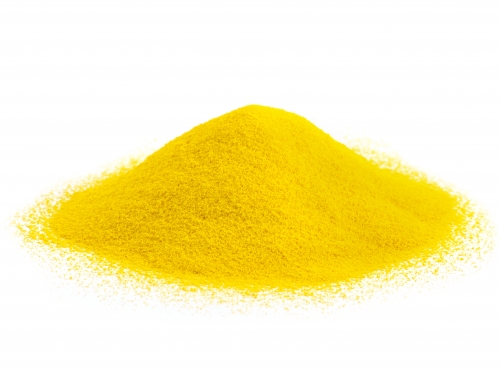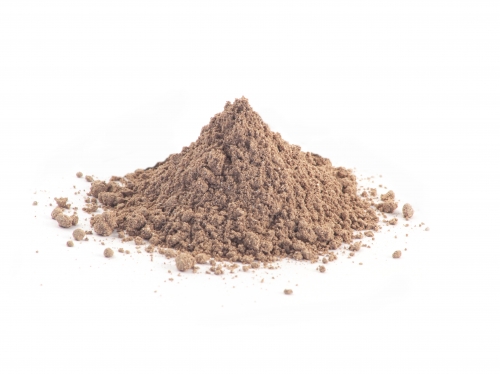Contact us
We will be pleased to help you enhancing your product portfolio with our innovative formulations
Our products
Ready-to-use finished dosage forms and bulk active ingredients for the manufacture of food supplements.
Plant-based solutions
-
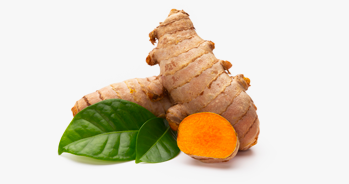
Bioavailable Curcumin
Traditional uses and properties of curcumin
Curcumin is a natural polyphenol extracted from the dried rhizomes of turmeric (Curcuma longa L.). It is a gold-coloured spice traditionally used the Indian subcontinent for health care, food conservation and as a dye for textiles.Curcumin has been used for centuries in its originating countries to treat numerous illnesses, including rheumatism, body ache, skin diseases, digestive and inflammatory disorders,... Over the last few years, a number of studies have reported evidence of several pharmacological properties of curcumin, including anti-inflammatory and immunomodulatory effects.
Bioavailability of curcumin
However, the potential use of curcumin in chemopreventive or therapeutic settings has been hindered by its low bioavailability after oral administration. In consequence, new formulations are needed to enhance it as well as more extensive and well-controlled clinical trials to fully evaluate its potential in terms of optimal use.bioXtract has developed an innovative formulation for a more bioavailable curcumin. This formulation has proven its efficacy on humans.
-
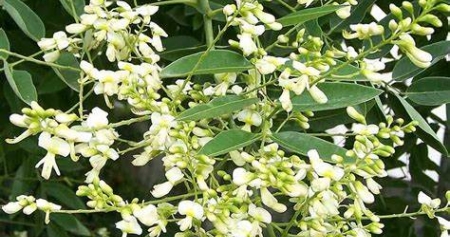
Bioavailable Quercetin
Quercetin is a plant-based active that helps preventing allergies such as allergic rhinitis. It is used by BioXtract in its patented natural antihistamine, Nasaler.
Quercetin is one of several naturally occurring dietary flavonol compounds belonging to a broad group of polyphenolic flavonoid substances and present anti-oxidant, anti-carcinogenic, anti-inflammatory, and cardioprotective properties as key biological functions.
-
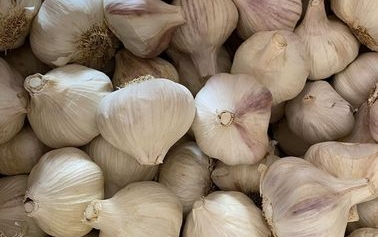
Garlic active compounds
The main organosulfur compounds in whole garlic are the S-(+)-alkyl-L-cysteine sulfoxides (alliin, methiin, isoalliin and cycloalliin) and the γ-Glutamyl-S-alkyl-L-cysteines.
Upon disrupting the cells by crushing the bulb, the enzyme alliinase comes in contact with the amino acid alliin, causing its rapid transformation into allicin.
Allicin potentially becomes the main precursor of various other transformation compounds found in Regulid, our dietary supplement, such as allyl sulfides and vinyldithiins, when macerated in vegetable oils.
-
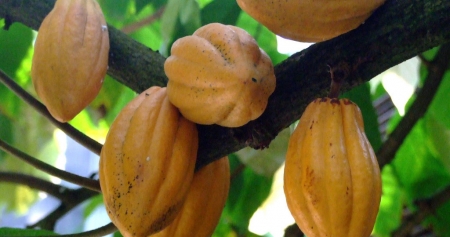
Xanthines
Methylxanthines are derived from a purine base (xanthine) found in most body tissues and fluids and in other organisms.
The two major methylxanthines found in plants are Caffeine (in coffee, guarana, mate and tea) and Theobromine (in cocoa and mate).
Coffee, tea and cocoa are ancient beverages with traditional use. Coffee and tea are well known as mild stimulants drunk all over the world whereas cocoa is more famous for its hedonic and behavourial effects.Our active ingredient Cognity contains defined and standardized quantities of both Theobromine and Caffeine in order to enhance your mental perfomance and cognition.



